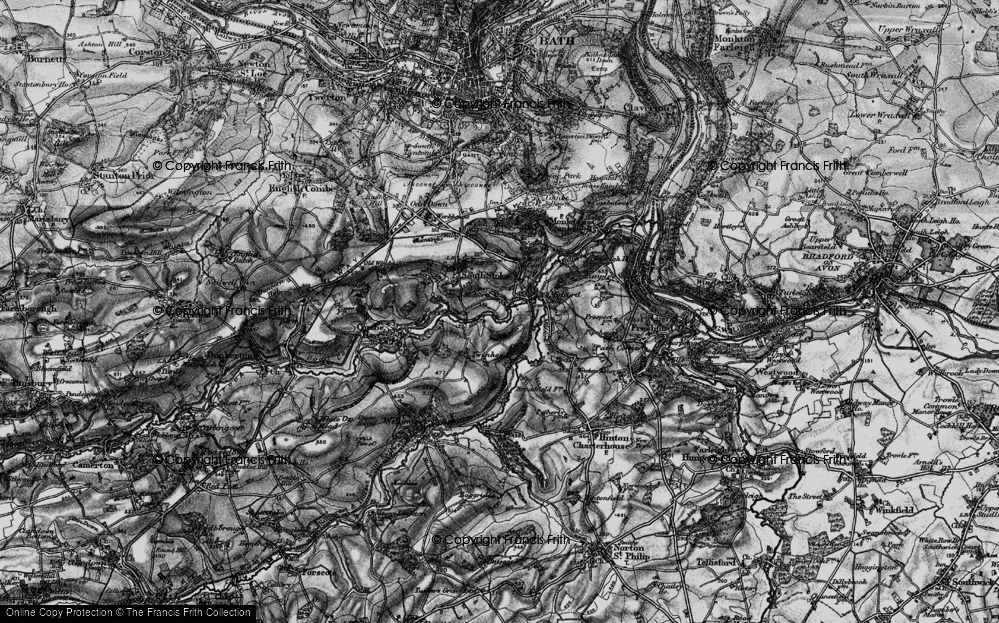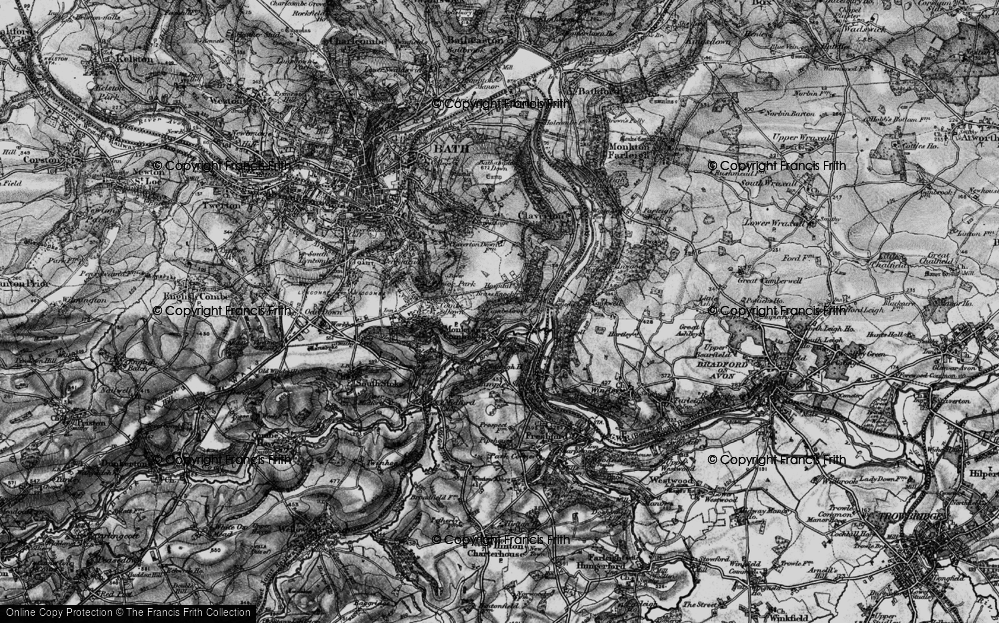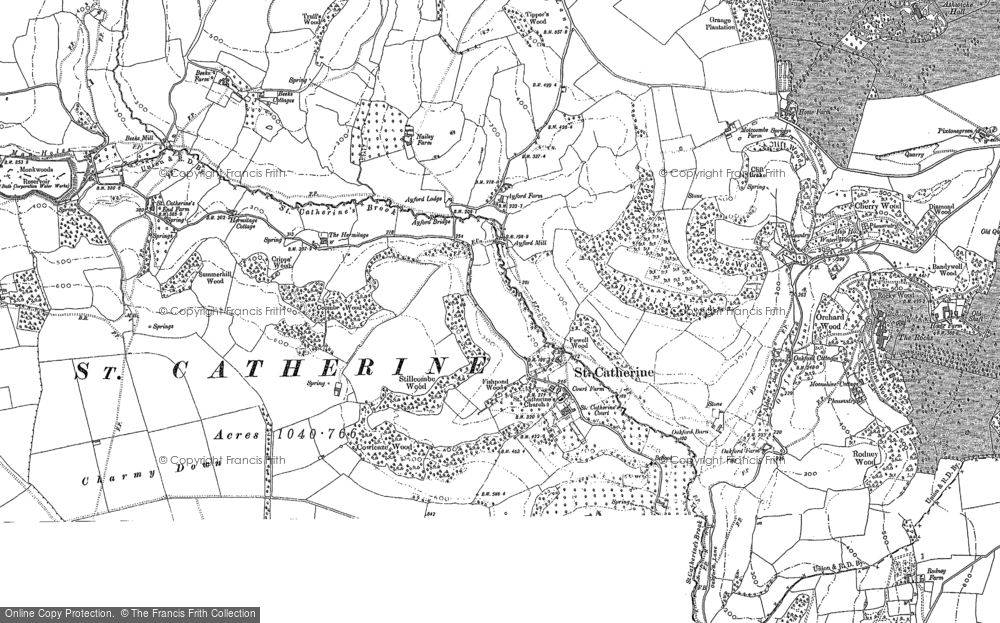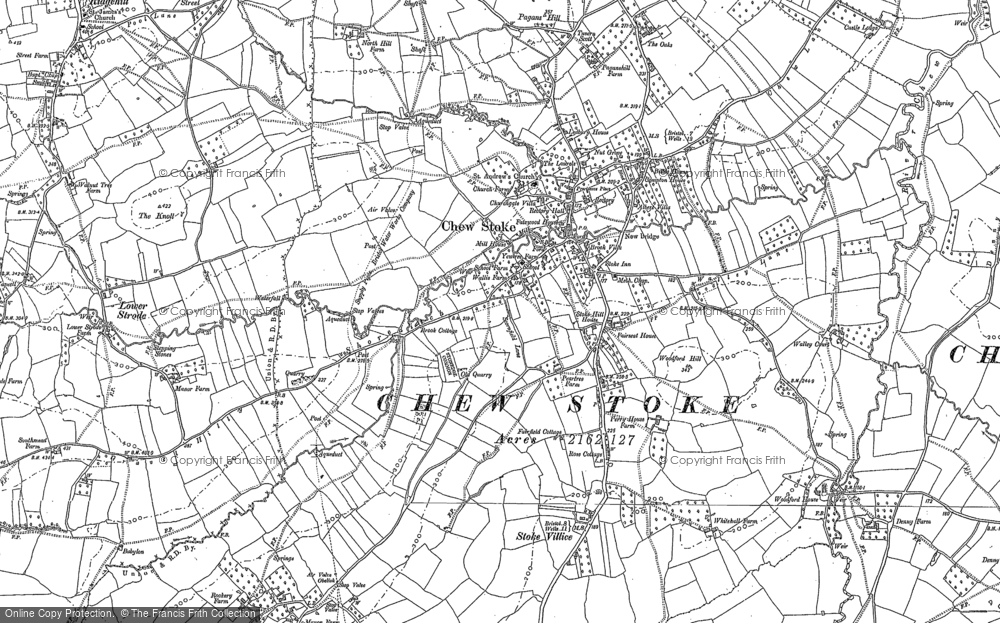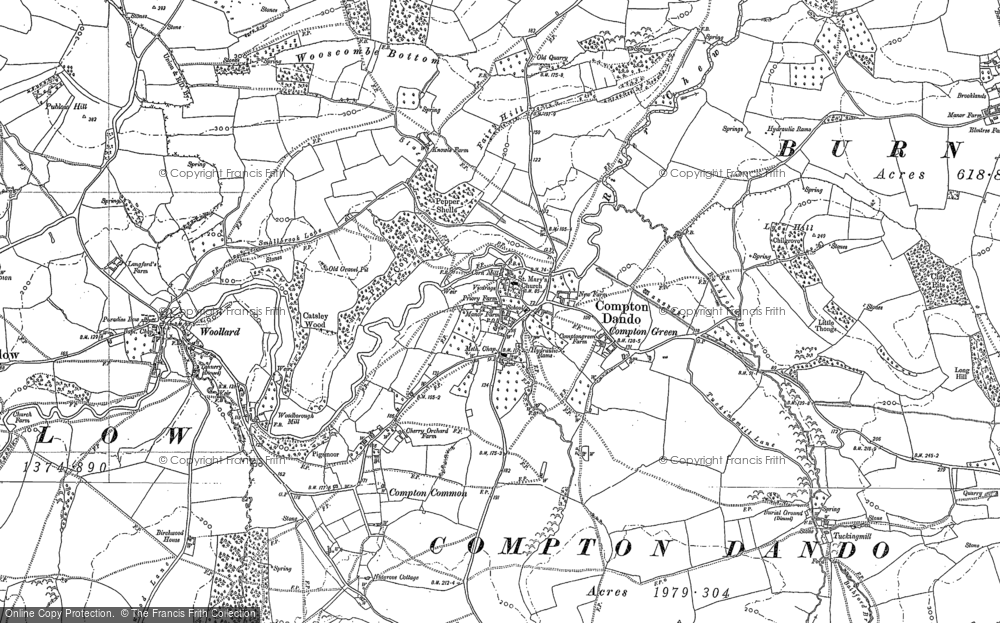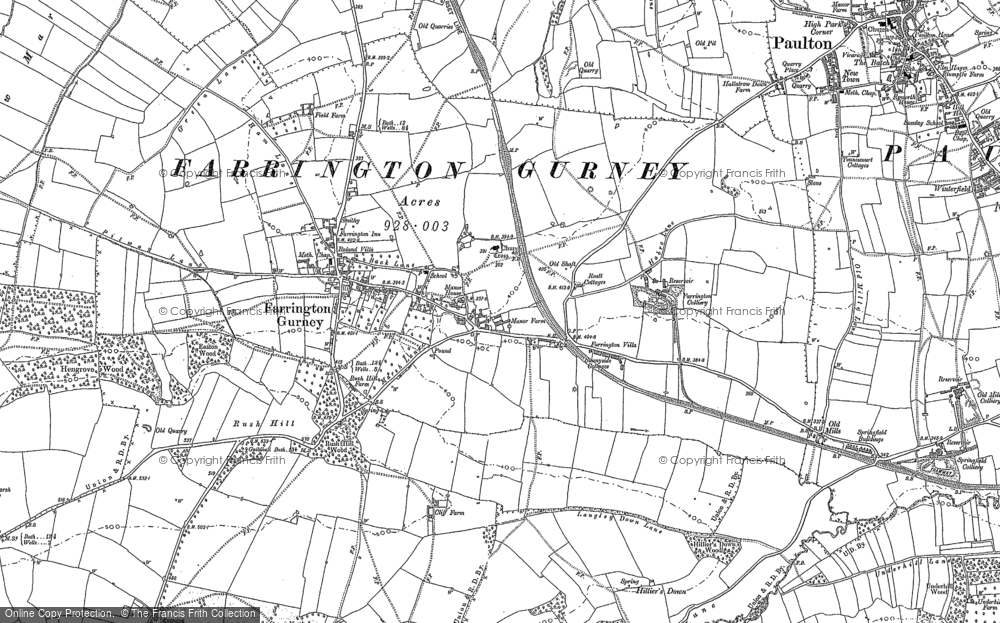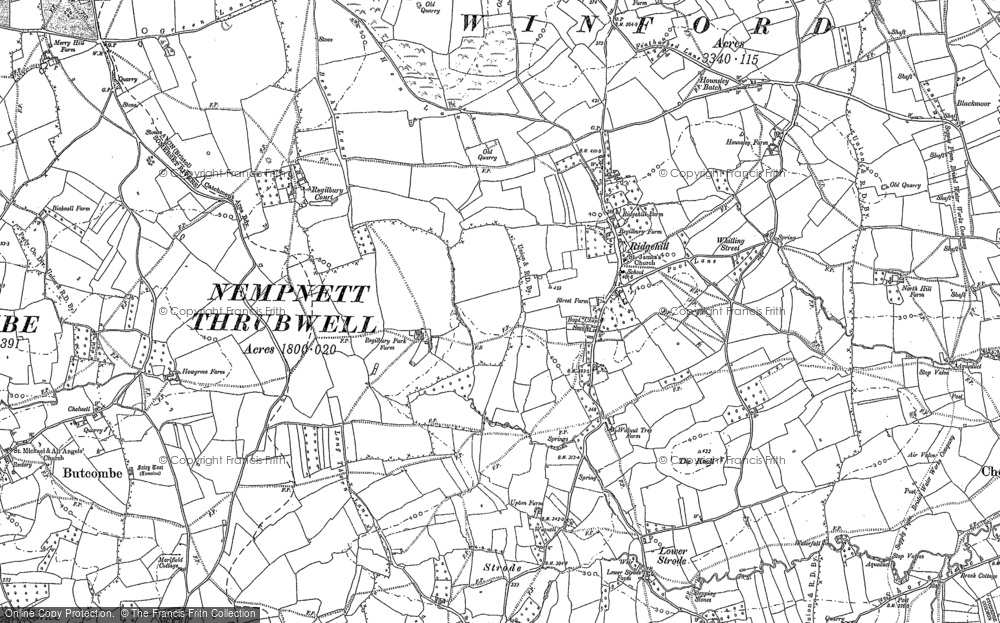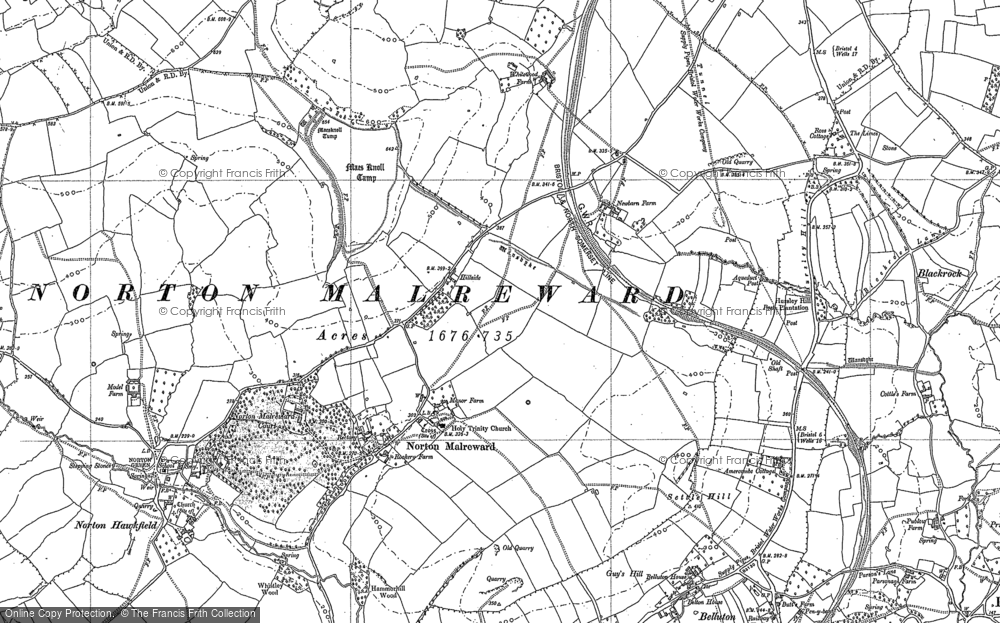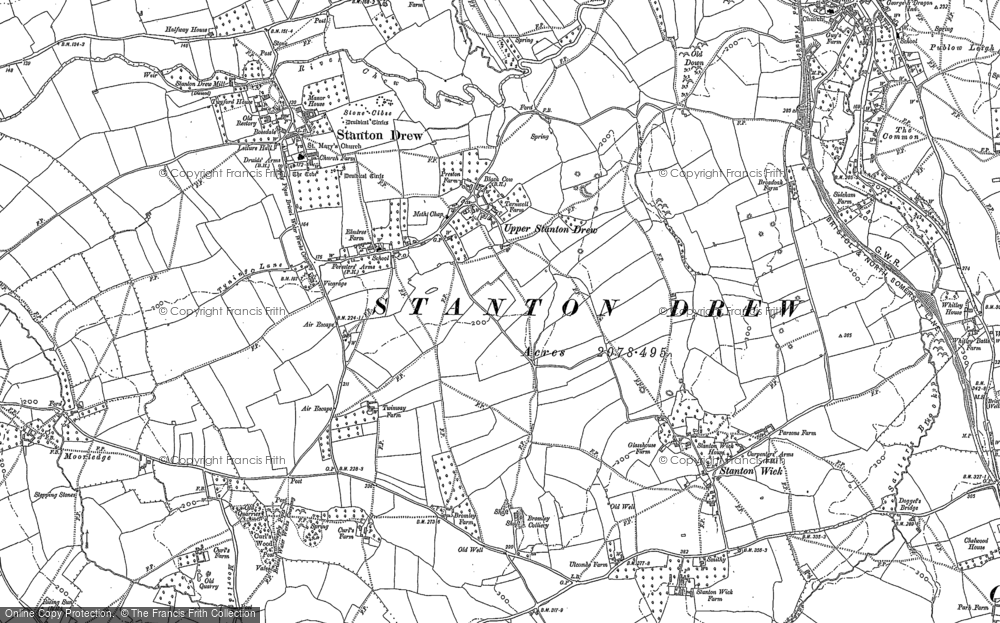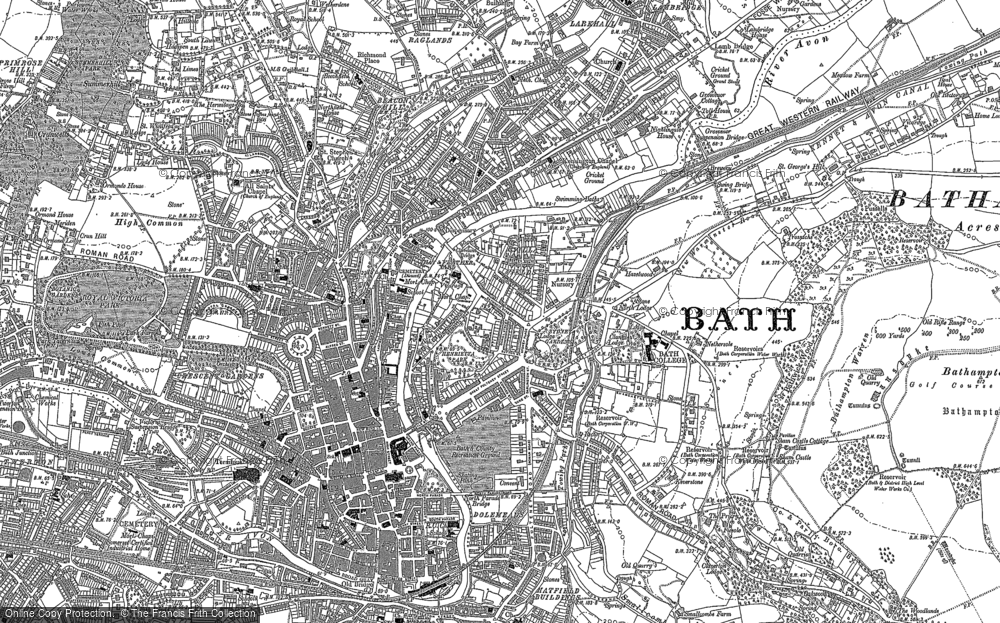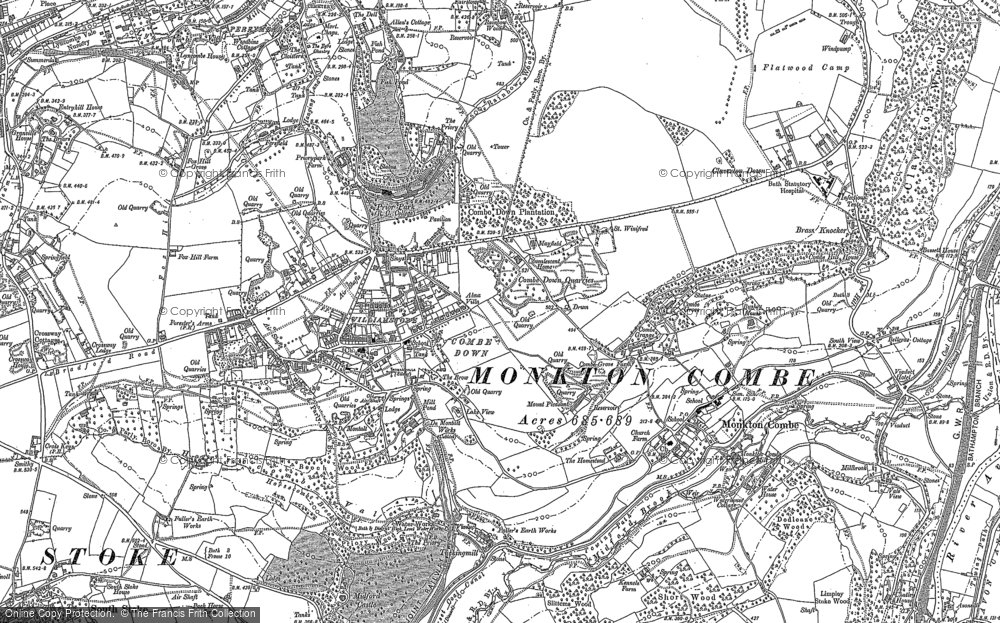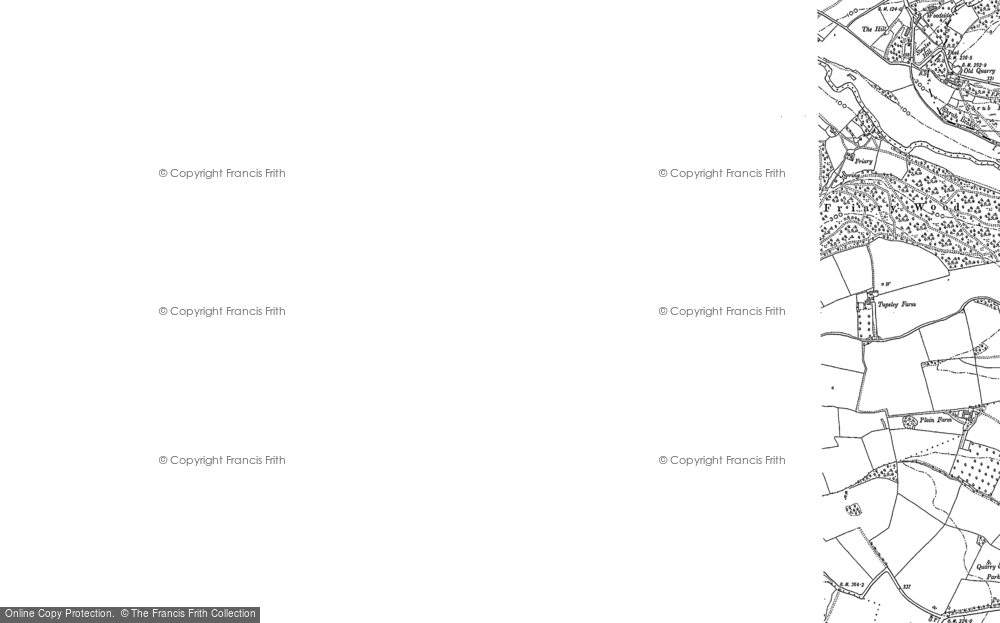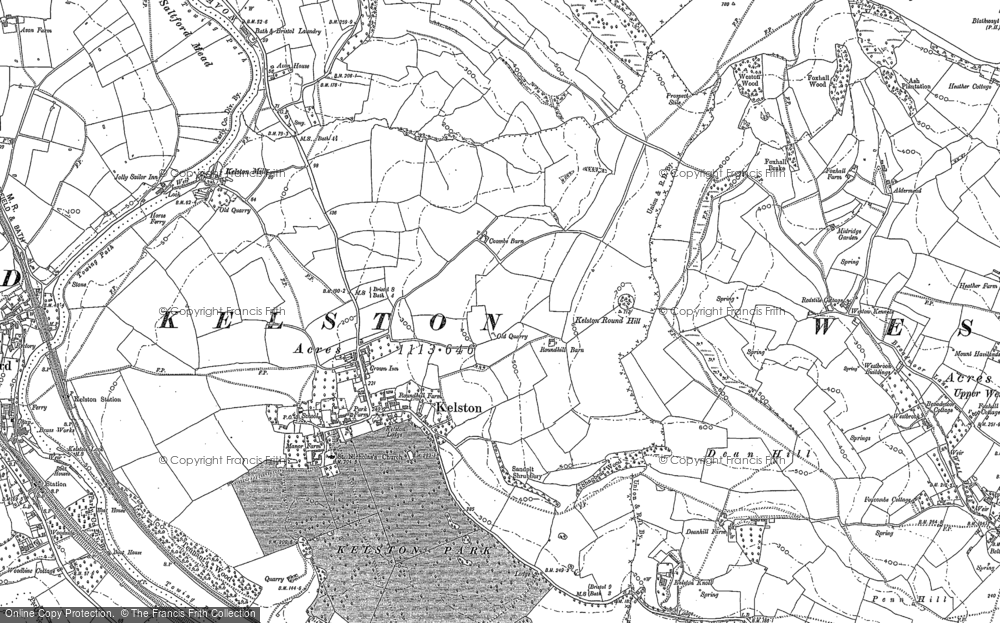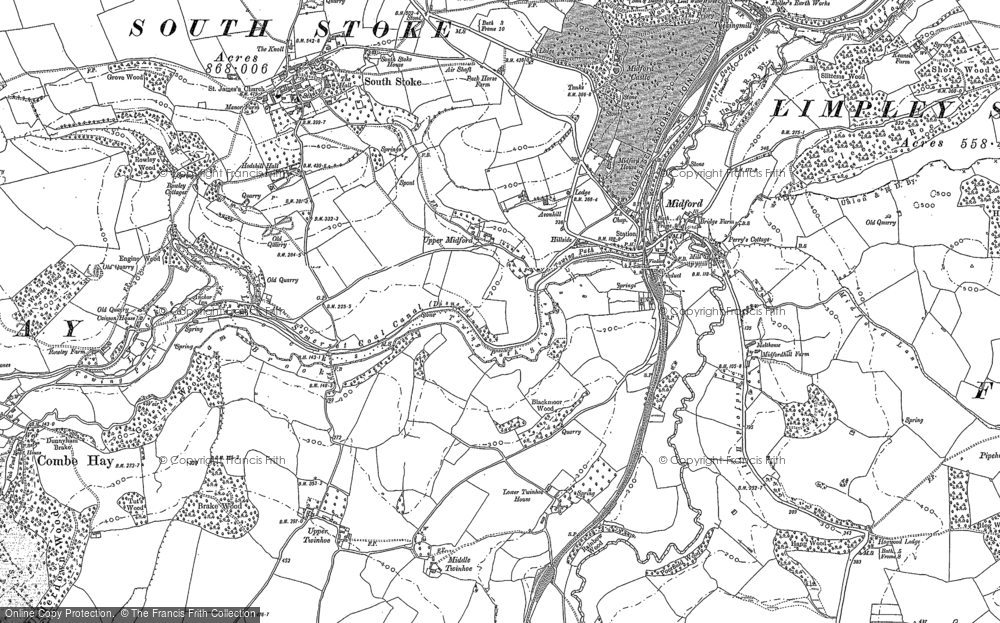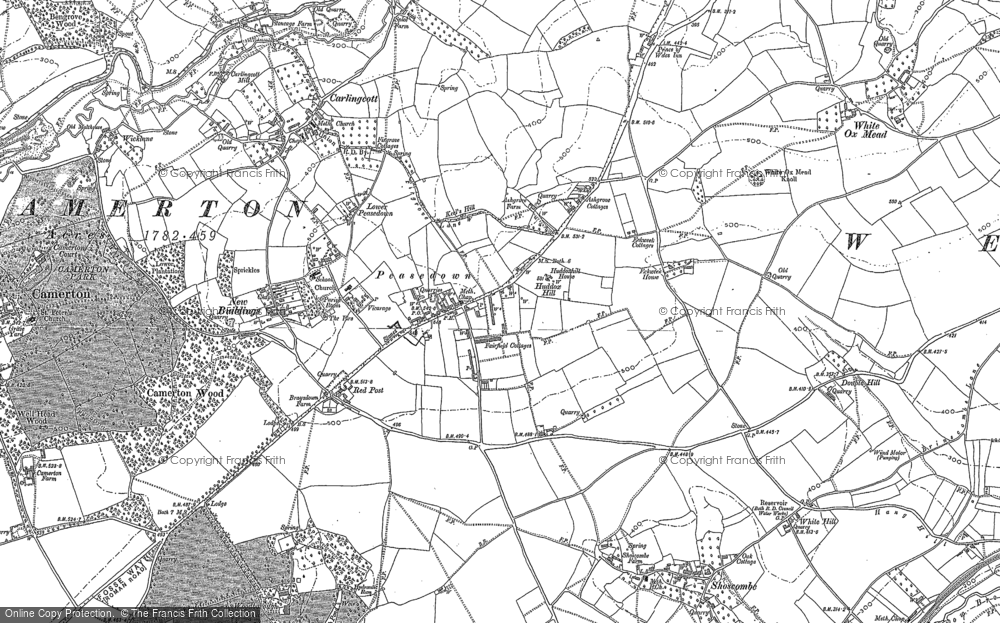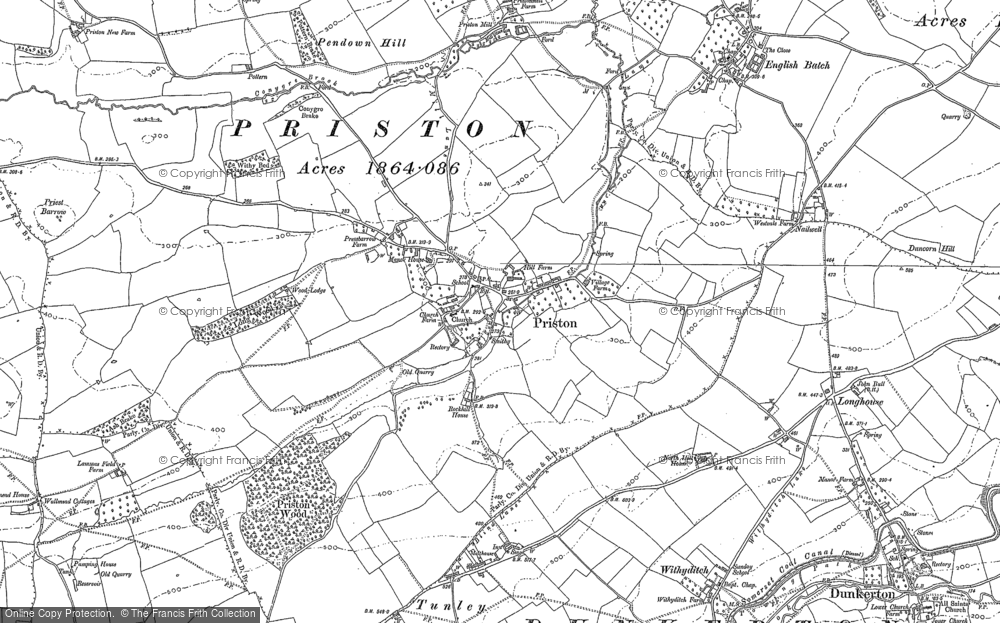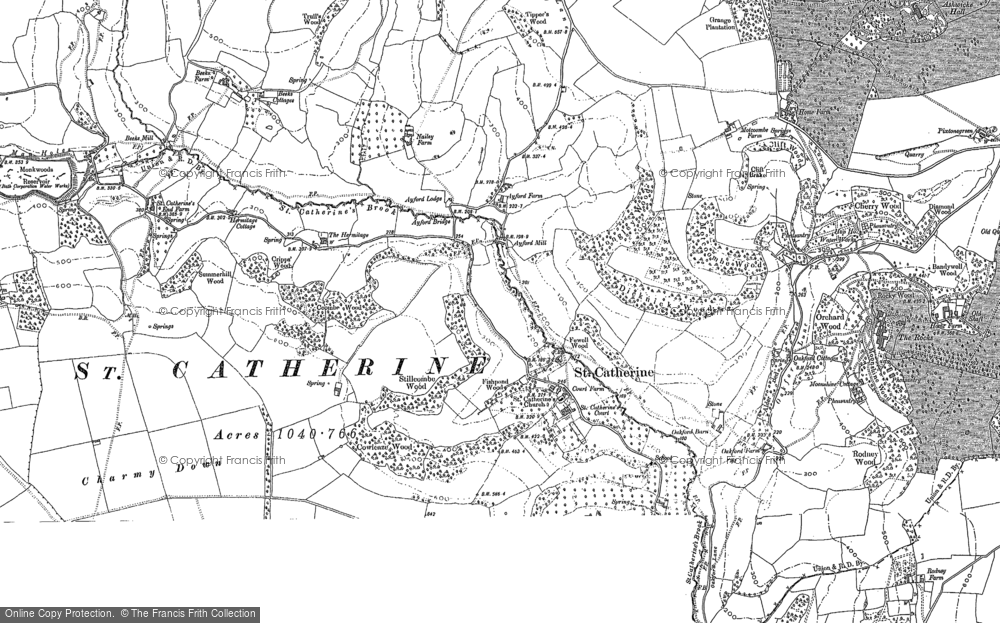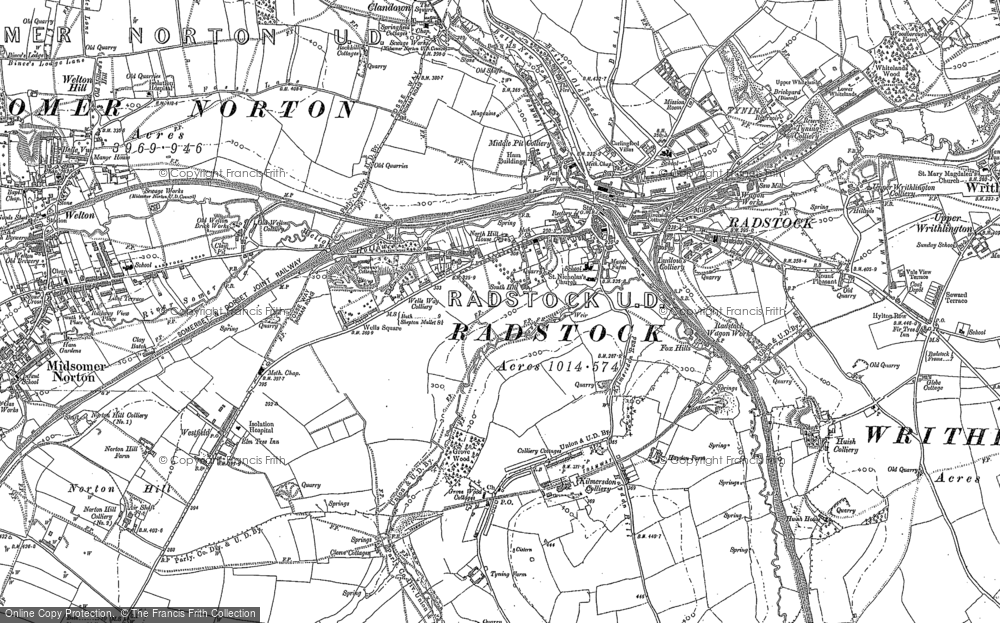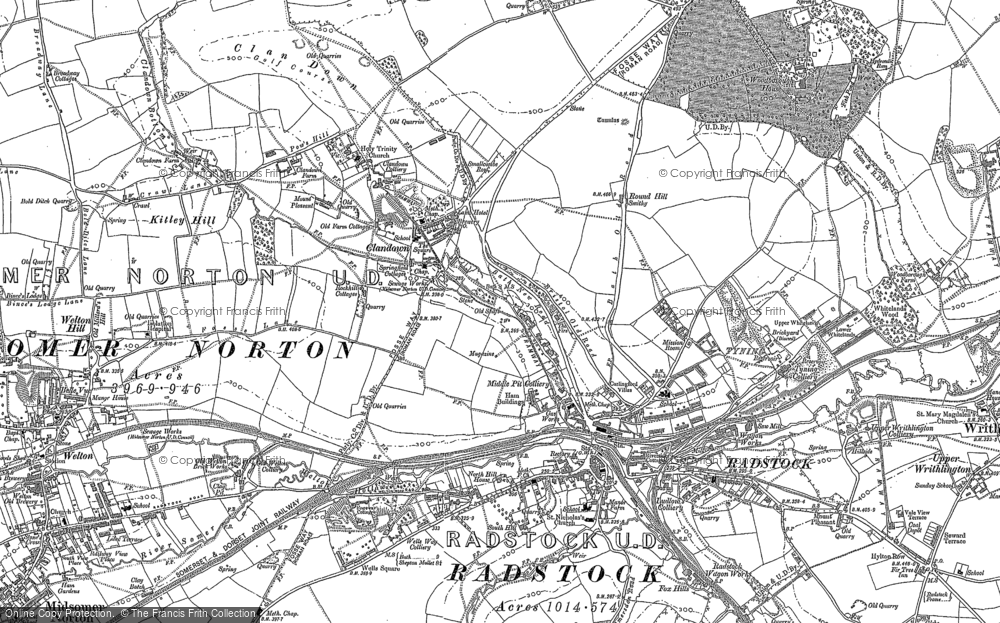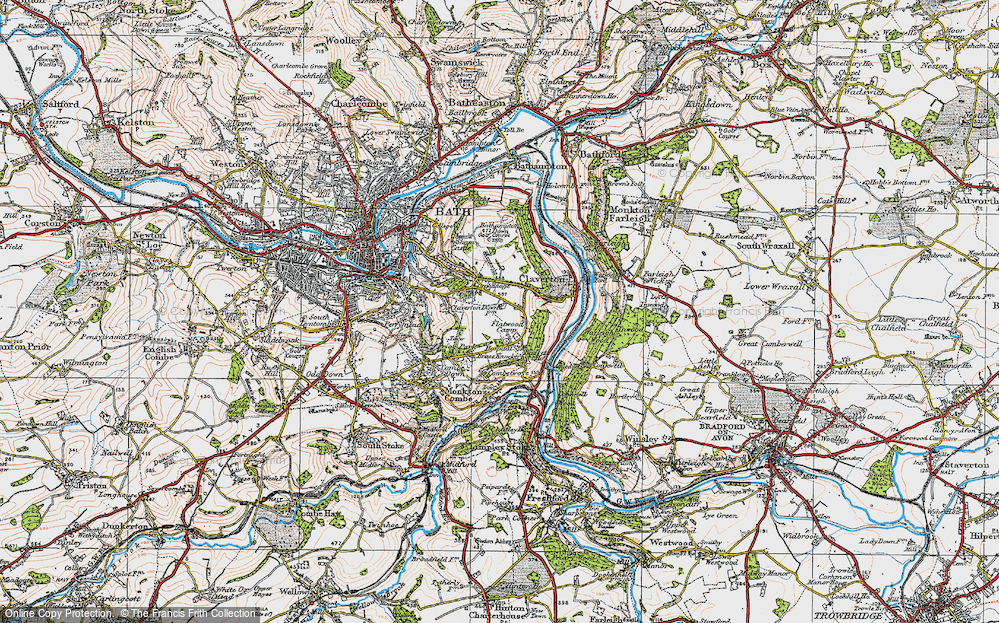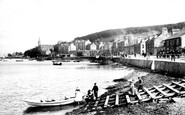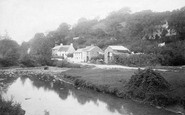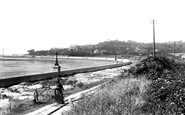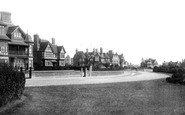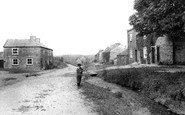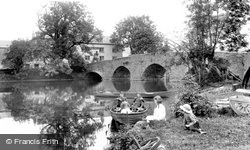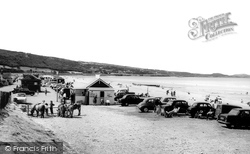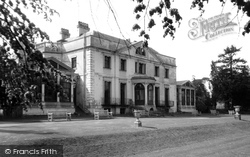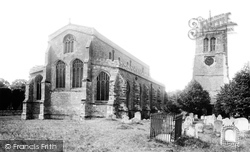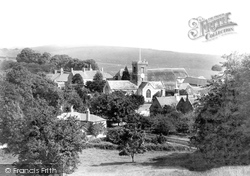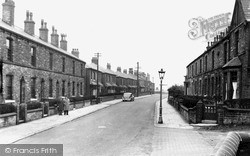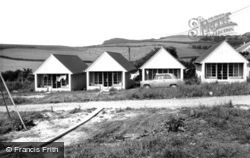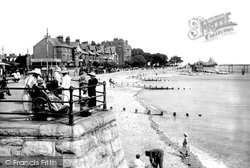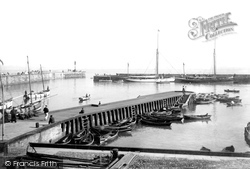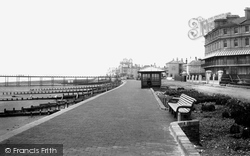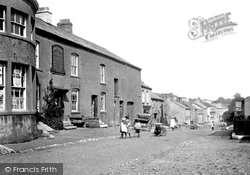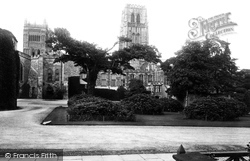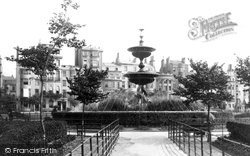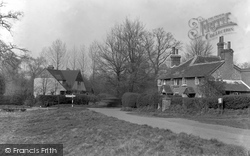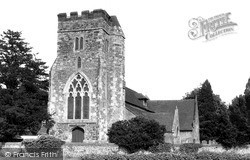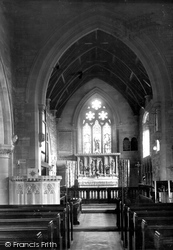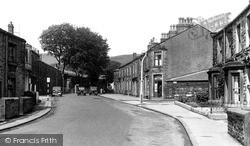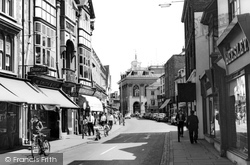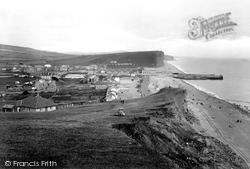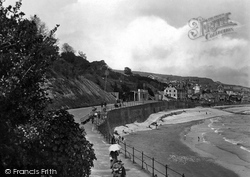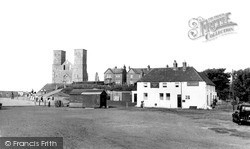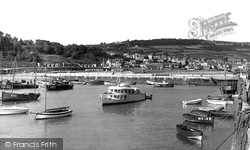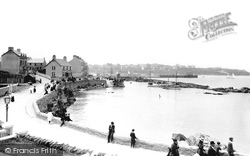Places
Sorry, no places were found that related to your search.
Photos
134 photos found. Showing results 641 to 134.
Maps
896 maps found.
Books
3 books found. Showing results 769 to 3.
Memories
540 memories found. Showing results 321 to 330.
Old Port Bannatyne
This is a favourite view of photographers taken from McIntyre's Boatyard. In the distance you can see St Bruoc's church which burnt down in 1956. In the foreground is a boat hiring station, one of three in the village. This ...Read more
A memory of Port Bannatyne by
On Our Way To Three Cliffs Bay
For my sister, Carol, and I, Parkmill meant only one thing - Shepherd's Shop. The only place to buy ice cream and sweets and even the new 'Coca Cola'. We always stopped here on our way to and my aunt's wooden bungalow ...Read more
A memory of Parkmill in 1957 by
Our Picnic While Boscastle Flooded
On the day of the Boscastle flood I went with my wife Carmela, and our kids Molly, Libby and George for a walk up to the lighthouse on Trevose head above mother Iveys Bay. The sun was shining beautifully though ...Read more
A memory of Mother Ivey's in 2004 by
Pagham
I remember the 'Clarks' mentioned by Sue, the sons' names were Robert and Keith. Keith being the oldest. I don't recall the bell though. I lived in Lion Road, Nyetimber, from about '58 till about '78 ish, my parents still live there, they were ...Read more
A memory of Pagham by
Pagham From The 1960s Til Now!
I first came to Pagham in 1965, we used to holiday at Church Farm Caravan Site and in those days it was run by John and Shirley Romaine. I have fond memories of Buster and Cocker from my Church Farm Days and I remember ...Read more
A memory of Pagham by
Parkstone In The Early 60s
I remember as a very young child of up to 11 years old going to stay in my father's aunt's house in Mentone Road. Every summer we would go there. The early memories I have, is going on my scooter (which I was very proud of) ...Read more
A memory of Poole in 1963 by
Part 2 By Stewart Willerton Mc Caw
My uncle, Lewis Clarke and aunty Gert, the butchers, had 4 children, my cousins. Gillian at the time was single and had a friend called Mac who was a pilot at Manby and when he flew over the village he ...Read more
A memory of North Somercotes in 1953 by
Pav's Tea Gardens, Westgate
Pav's Tea Gardens in St Mildred's Bay was a place where I spent my youth, owned by Herbert Smith the famous film producer, the cafe was full of stills from the films he had worked on, there must have been over three ...Read more
A memory of Westgate on Sea by
Pear Tree House Skeeby
After living in Richmond I bought and renovated Pear Tree House (on the right of this 1913 picture) in 1972. The previous occupants had died and when I found the house it was covered in ivy and I understand at one time Funeral ...Read more
A memory of Skeeby in 1972 by
Pease Families In America With Roots In Great Baddow
Over here in the United States of America most of the many thousands of Pease family members owe their existence to the brothers Robert & John Pease whose family line lived in Great ...Read more
A memory of Great Baddow by
Captions
870 captions found. Showing results 769 to 792.
The hotel stands on the north bank of the River Leven, by the bridge.
This scene has altered little since the picture was captured.
Formerly Garbrand Hall, this two-storied, five-bayed stuccoed house stands at the centre of the village, and was built on a Tudor site around 1775.
Long before John Bunyan was born in the village, the son of a brazier or tinker, Elstow was known for its Benedictine nunnery founded in about 1075.
Symondsbury is an intimate little village positioned between two rounded hills, and probably on the route of a medieval road linking Bridport and Axminster.
The stone-fronted houses match the shops with their sturdiness and `built to last` qualities.
The creators of Golden Acre Holiday Bungalows - as they are now called - proposed a relatively modest development of 18 such buildings.
This seaside resort and residential haven developed from the 1860s. Despite being continuous with Colwyn Bay, it preserves its own peaceful character.
The collection of moored open boats lying inside the jetty, and a few other small craft, make a strong contrast with the crowded waters inside an obviously busy harbour in the previous
Further east, the photographer looks west towards the pier along what was then known as Gloucester Parade, now The Esplanade.
The name of this historic village derives from the flatfish called 'flukes', caught off the shore in Morecombe Bay. There is a poster for cocoa in the window of the Co-op shop on the left.
The work of building the cathedral can be attributed to several distinct periods.
The Steine, originally marshy ground, became the focus of early Brighton development as houses were built for the fashionable visitors.
Farley Green is situated towards the south end of Albury parish, and its fields are carved out of the surrounding greensand woods.
The body of the church is flint with Victorian detail, including a bleak Victorian window of 1847 on the south transept front.
The interior is much earlier than the exterior. The aisles have Perpendicular windows, but some extensive restoration has spoilt its earlier magnificence.
A steep road from Sabden leads to the well-known pass of Nick o' Pendle.
We are now further west in The Narrow, as this part of High Street was called. Woolworths, on the site of the Lion Inn, can just be seen beyond the third shop blind.
This is a detail of the chalet zone which sprang up behind the 1897-built Esplanade (right), between the waterworks and the Salt House on Pitfield Marsh (left).
Here we see landslipped Langmoor Gardens (left) before the building of retaining walls and amusement arcades.
Reculver is a popular little seaside town on the coast between the Thanet resorts and Herne Bay. There was once a Roman Saxon Shore Fort here.
Across the inner basin from the quay (right) beside the Cobb Warehouses is the 17th-century North Wall (centre), which protects the harbour from easterly gales.
The central bay was destroyed at some time and has been rebuilt. The nearer range has been dendrodated to 1447-48, and the further to 1533-34.
Brighton made the seaside fashionable for the upper crust, and its wider popularity was settled when the railway made the connection in 1841.
Places (0)
Photos (134)
Memories (540)
Books (3)
Maps (896)




